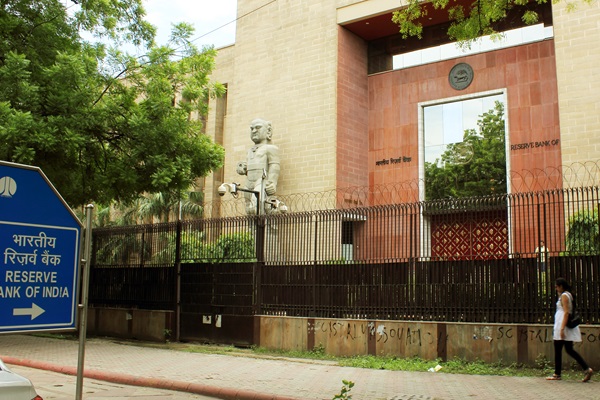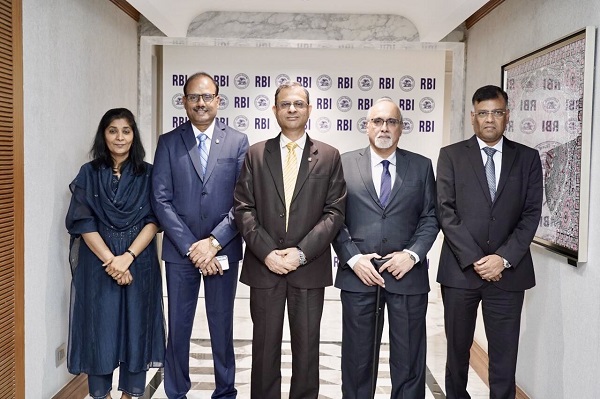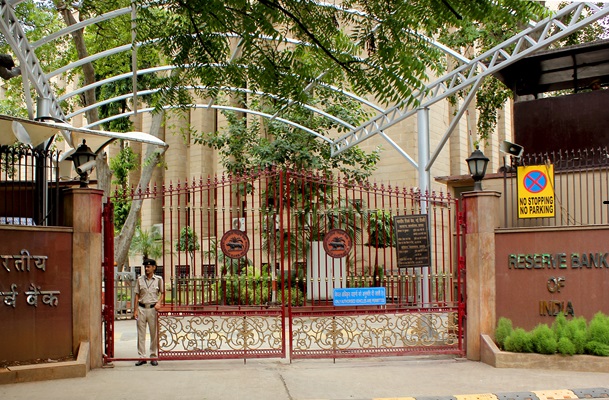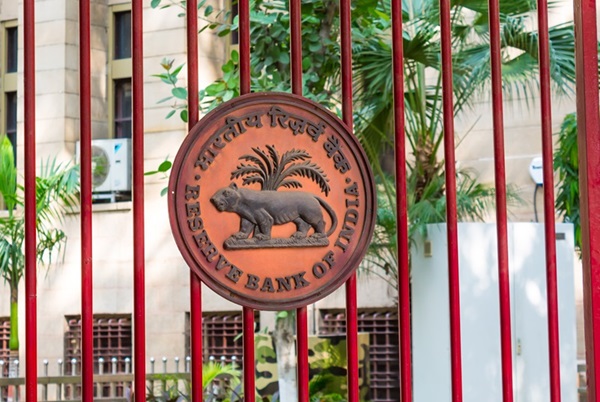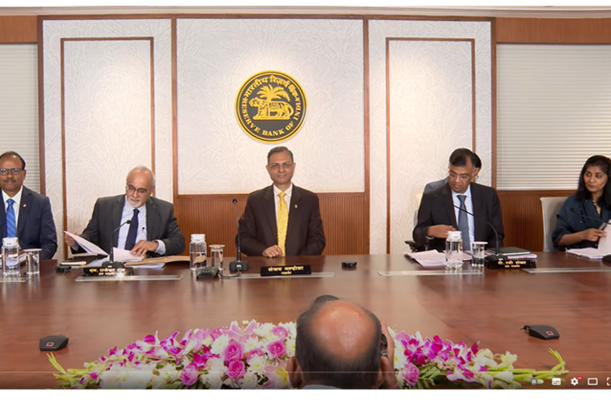.png)

By Kalyan Ram
Kalyan Ram, a financial journalist, co-founded Cogencis and now leads BasisPoint Insight.
October 1, 2025 at 9:34 AM IST
Markets are working with a terminal repo rate of 5.25%. That figure has quickly become the anchor for traders and investors, shaping positions across the bond curve. Yet whether it will hold in a world unsettled by protectionist shocks, volatile currencies, and an evolving liquidity and inflation framework at the Reserve Bank of India is less than certain.
The fixation with a neat endpoint is understandable, and the concept of a terminal rate is not without relevance.
It is shaped by India’s inflation-targeting framework and domestic demand-supply balances, and as such, it will always matter. Still, what markets may need to recognise is that it is not a timeless anchor. It could shift in response to new data or unexpected events. If tariff wars deepen or financial conditions tighten abruptly, any prior estimate might quickly lose validity. In today’s less linear environment, such clarity may prove more of a mirage.
The RBI’s own projections underline this conditionality. Structural models, assuming a normal monsoon and no fresh shocks, suggest an average inflation of 4.5% in 2026-27, dipping to 3.9% by January-March 2027. Growth under those assumptions could average 6.6%. On paper, these figures are reassuring, keeping inflation broadly aligned with the mandate and growth comfortably above 6%. But they rest on premises that may prove fragile.
If tariff wars deepen or widen to cover more sectors, India’s export outlook could weaken. A sharp move in the dollar-rupee exchange rate could reshape the inflation trajectory. In either case, the structural forecasts would look less solid than they do today. The models are valuable as baselines, yet they are not blueprints. Treating them as fixed roadmaps risks ignoring the very volatility that now defines the environment.
This is where anecdotal signals may matter more than statistical averages. The July–September GDP print will be important, but it will be backwards-looking. Clues from exporters, corporates and banks could prove more useful in assessing future demand. A fall in overseas orders, delayed investment plans, or early signs of credit fatigue may influence the RBI’s deliberations more than any single quarterly data point.
There may still be room for further accommodation. Inflation forecasts have softened, while domestic demand still has room to strengthen. Yet how and when that space could be used is less clear. The experience of June, when premature guidance closed the door on easing, serves as a reminder of the risks associated with rigidity. The RBI has since corrected its communication, signalling room for further accommodation. In a sense, it moved away from a rigid position as the setting changed.
The lesson now may be to keep options open, to avoid boxing policy into corners, and to accept that the endpoint is not immutable.
Bond yields may stagnate if the market goes with a rigid calculus of a terminal repo rate. For traders, the safer approach may be to track liquidity operations, fiscal measures and external shocks rather than to cling to a notional number. What stops the RBI from considering bond purchases to inject liquidity in the January-March quarter.
Central banks do not operate with certainties. They navigate probabilities, conditional on shifting domestic and global conditions. In this light, the fixation with a terminal rate risks being more of a distraction than a guide. Flexibility, not finality, will matter more in the months ahead.
Also read:
RBI’s Insulated Optimism Jars with Ground Reality
RBI Breaks Old Orthodoxy with Regulatory Measures
